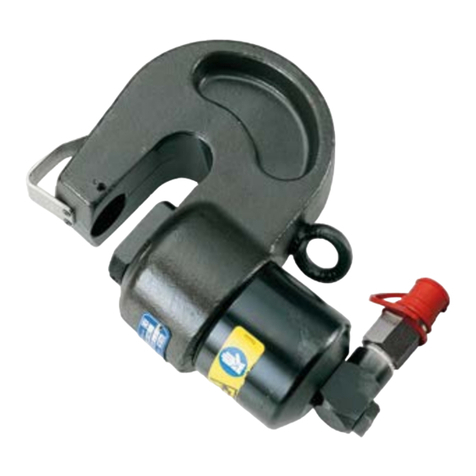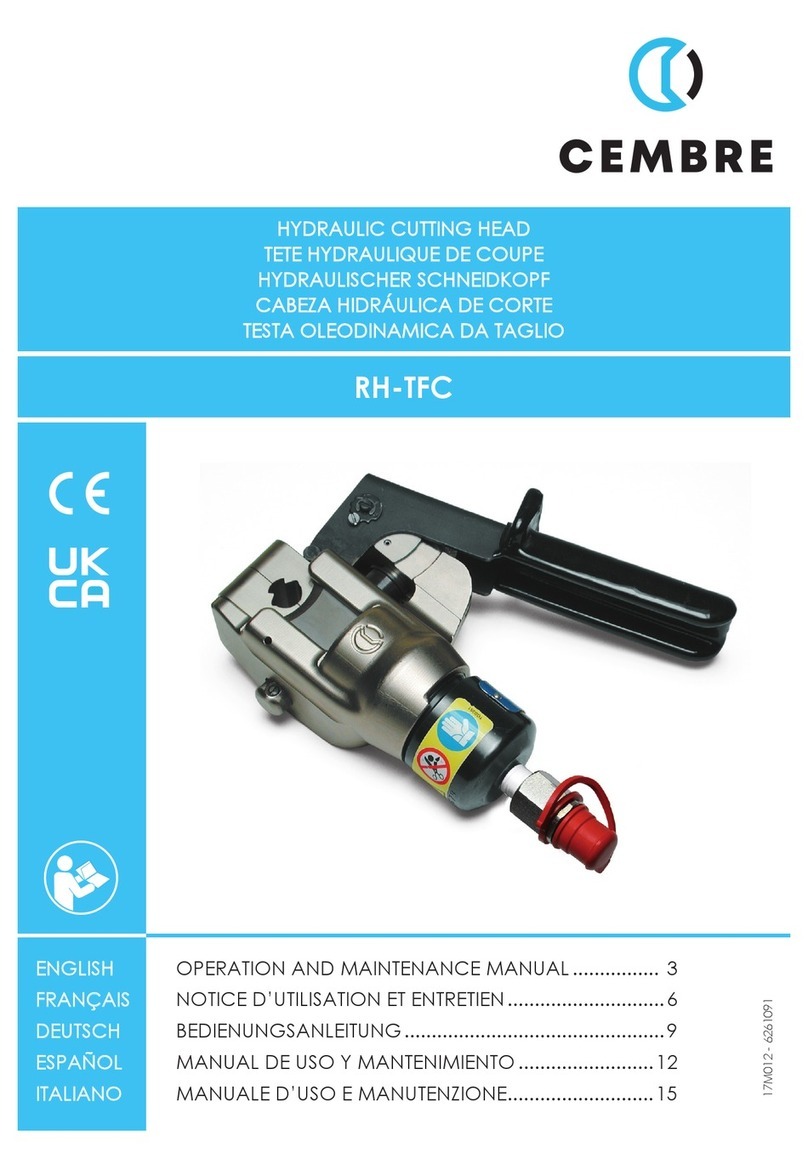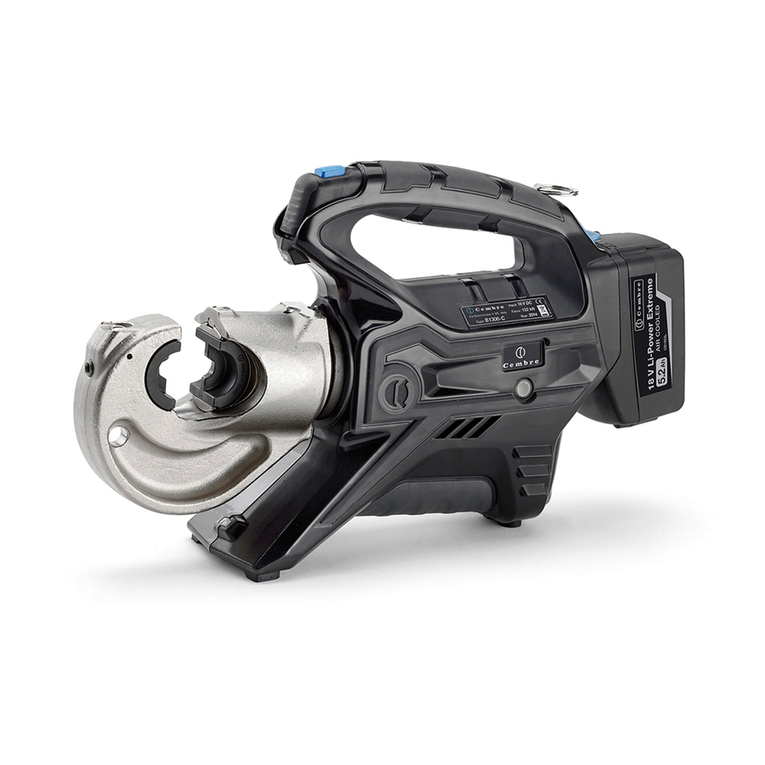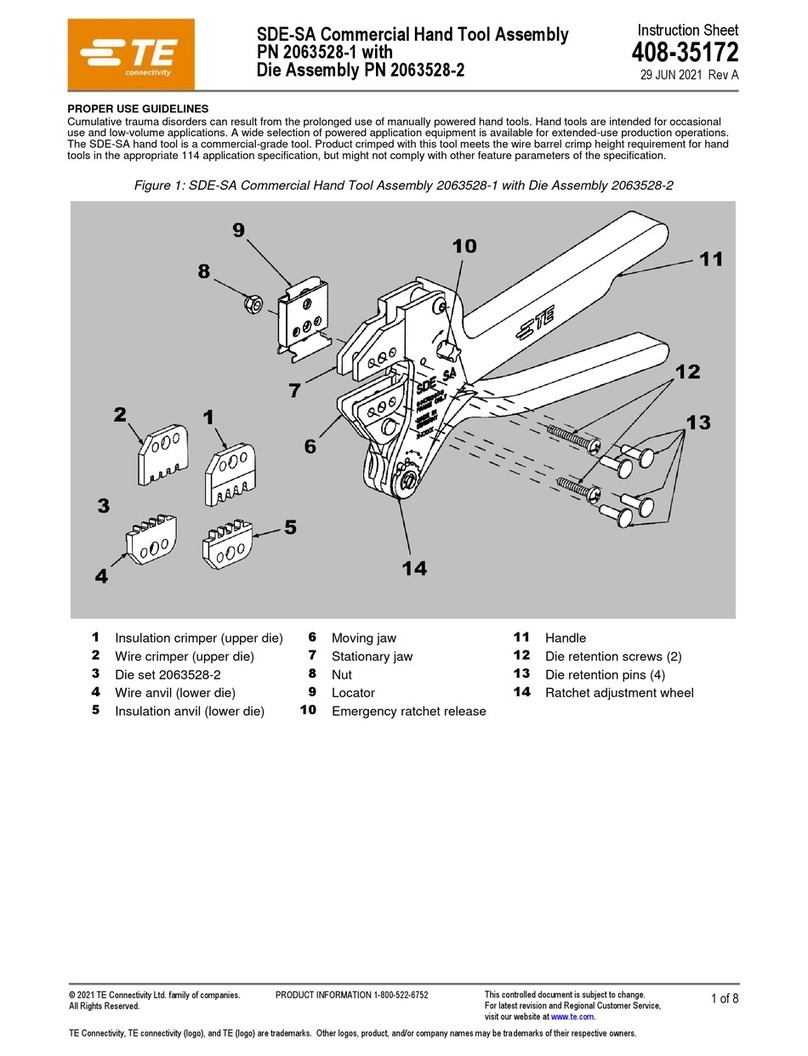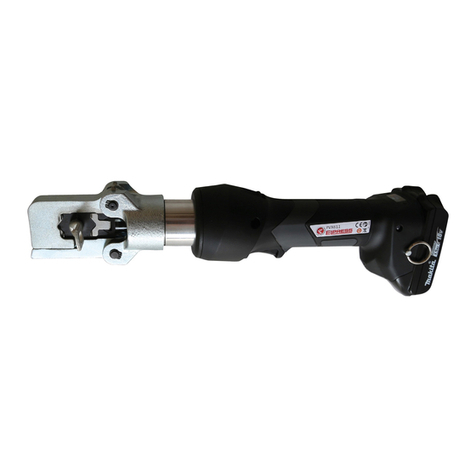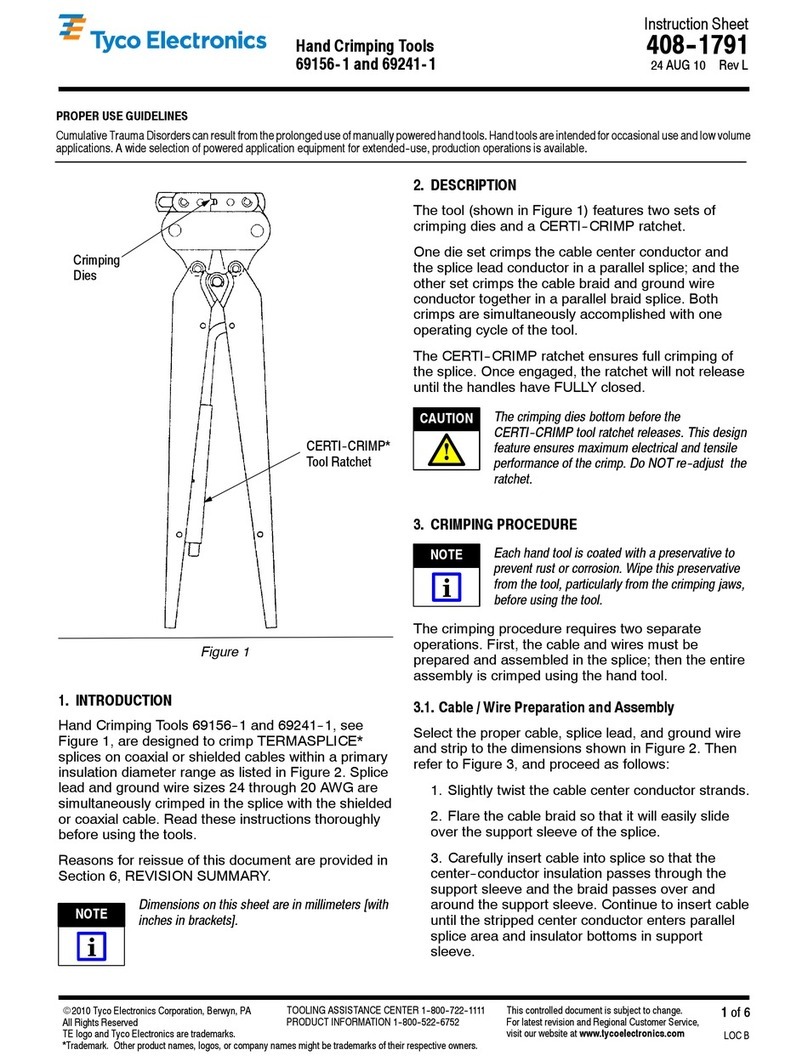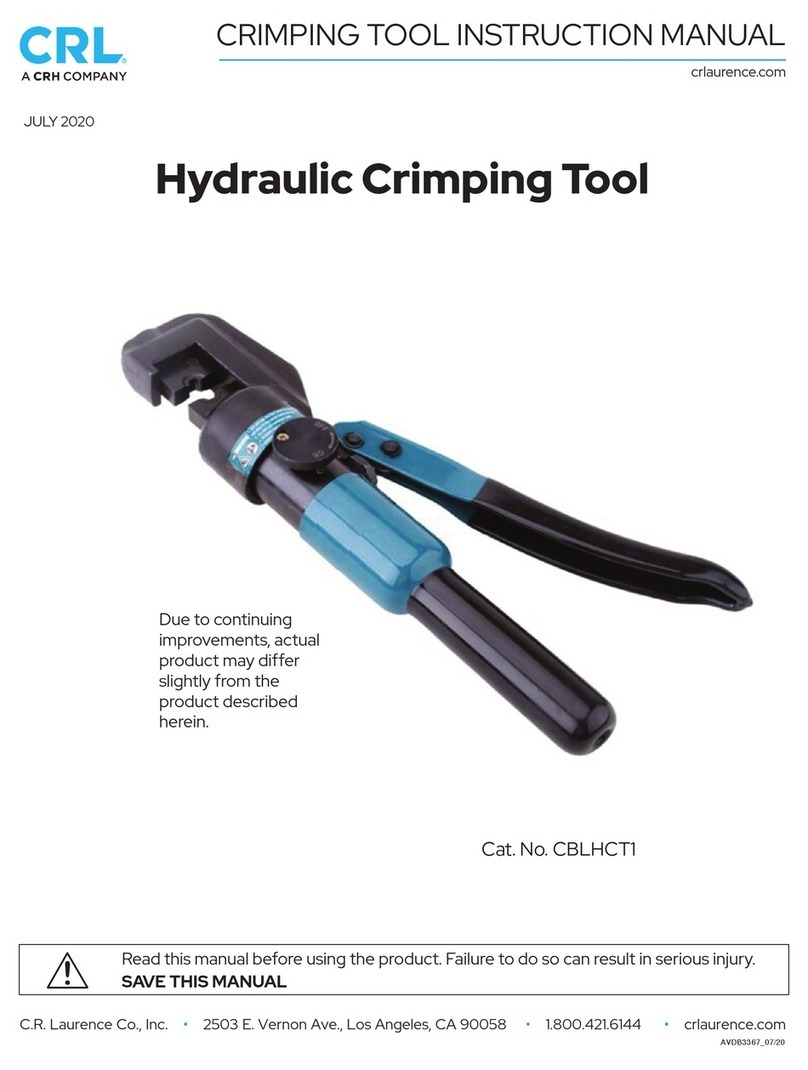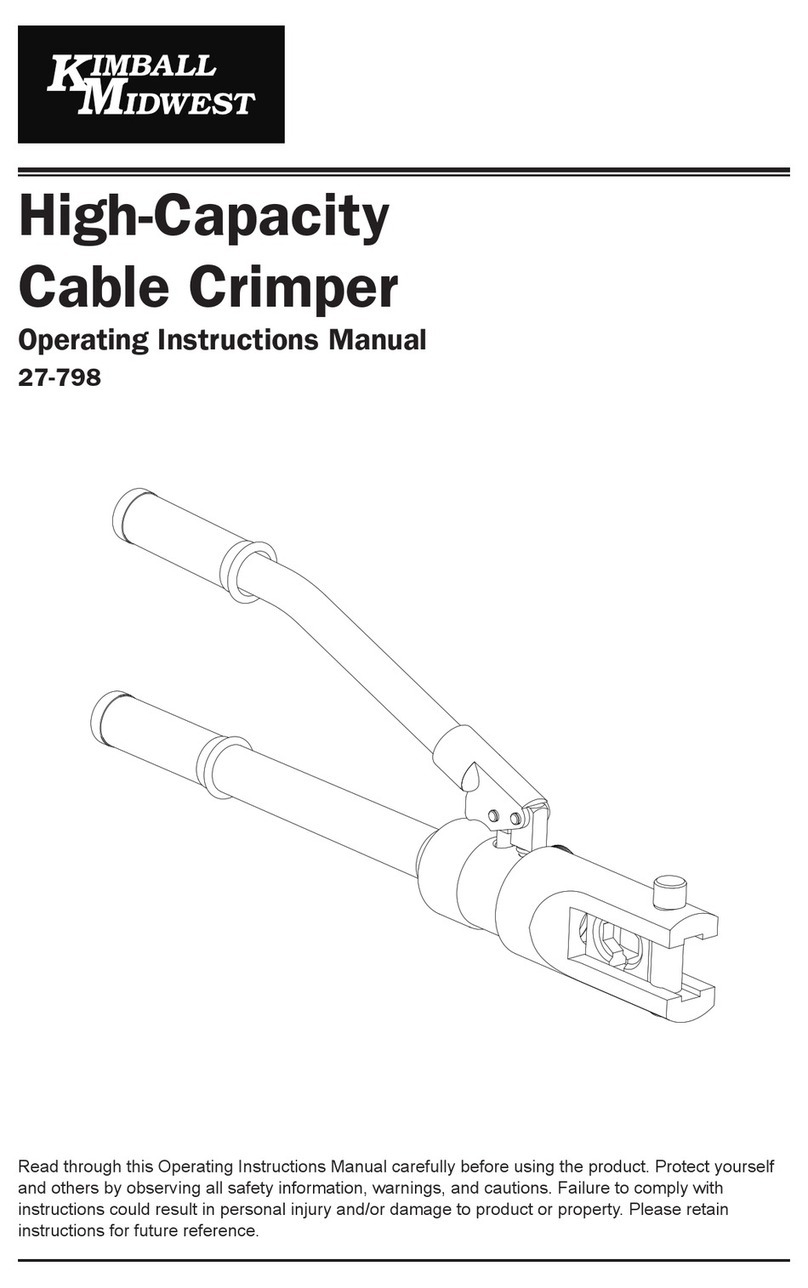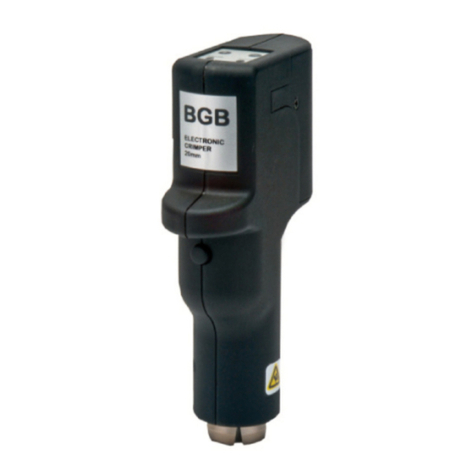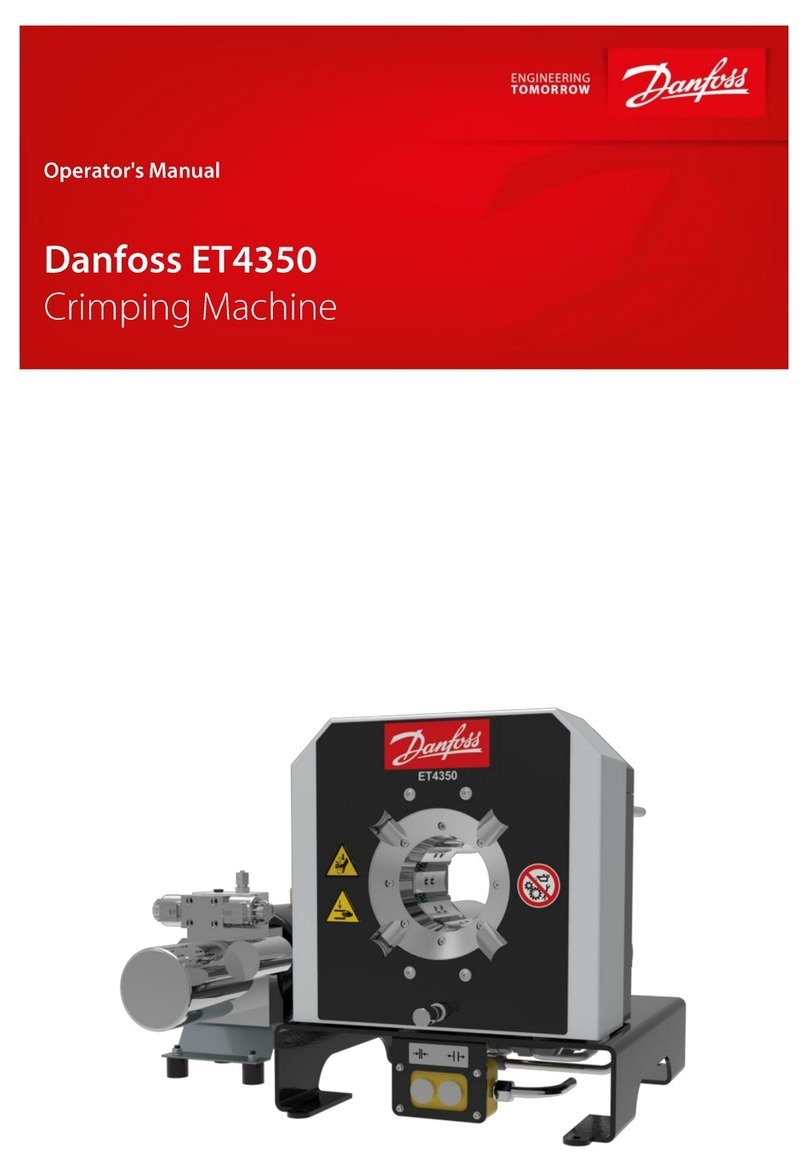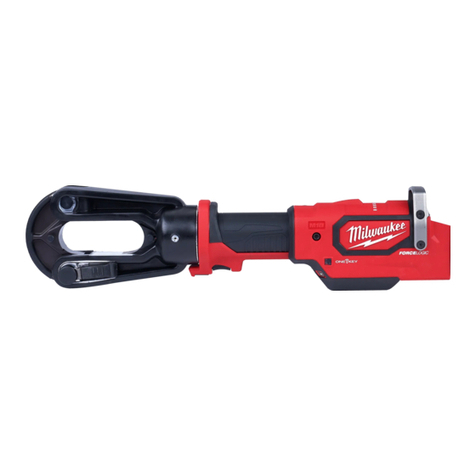Cembre B35-50MD User manual
Other Cembre Crimping Tools manuals
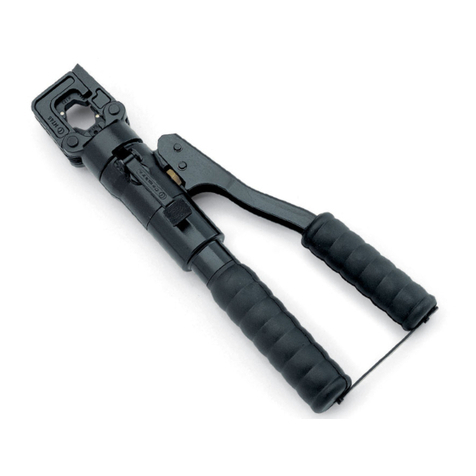
Cembre
Cembre HT45 User manual
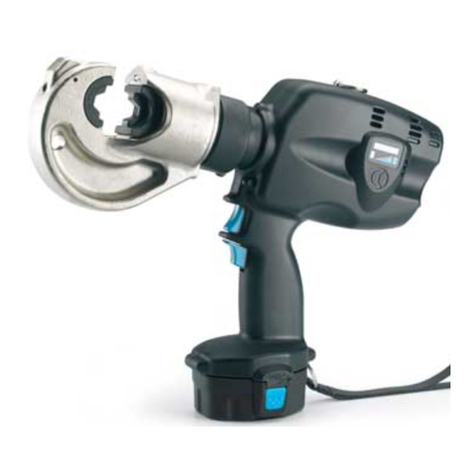
Cembre
Cembre B135-C User manual

Cembre
Cembre HT45 User manual
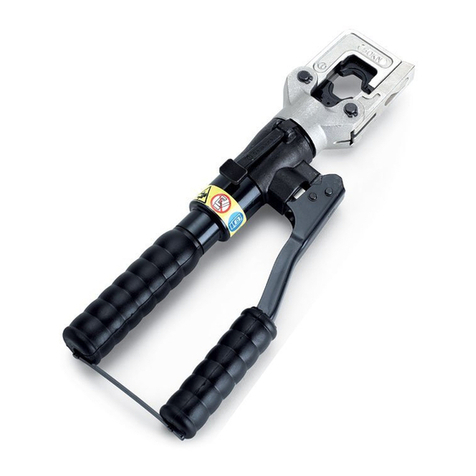
Cembre
Cembre ht51 User manual
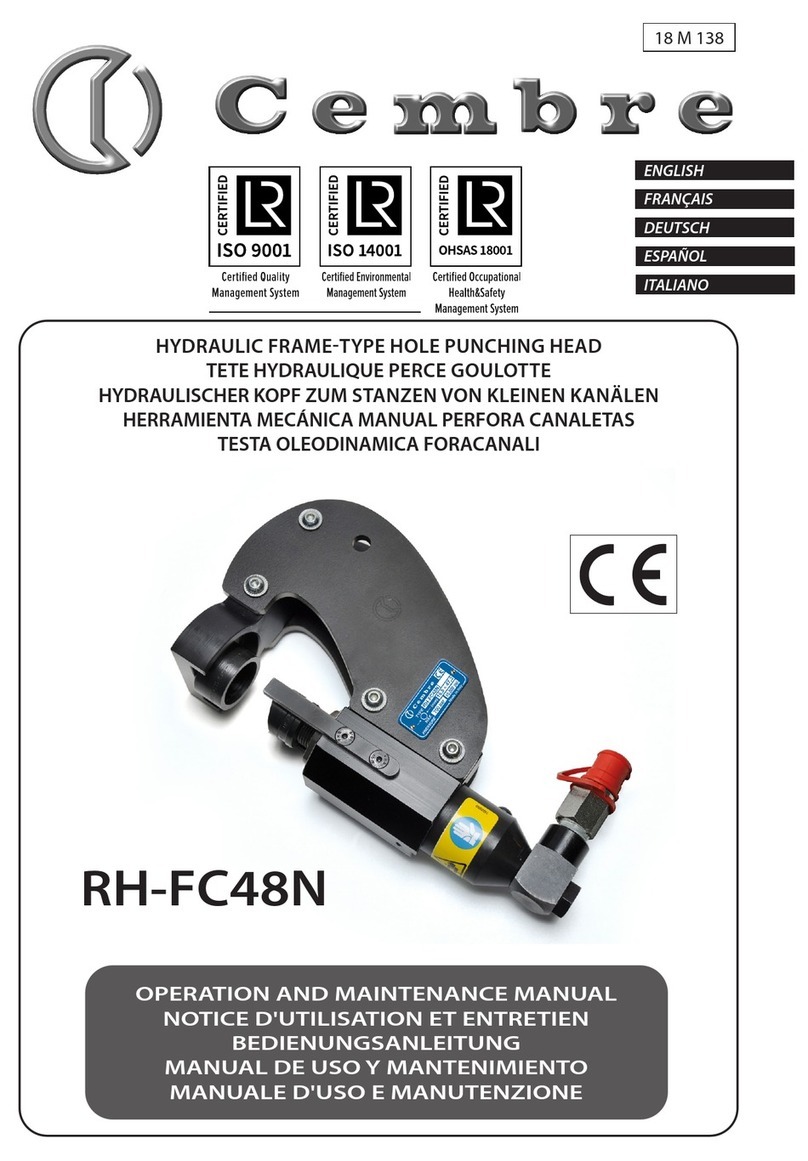
Cembre
Cembre RH-FC48N User manual
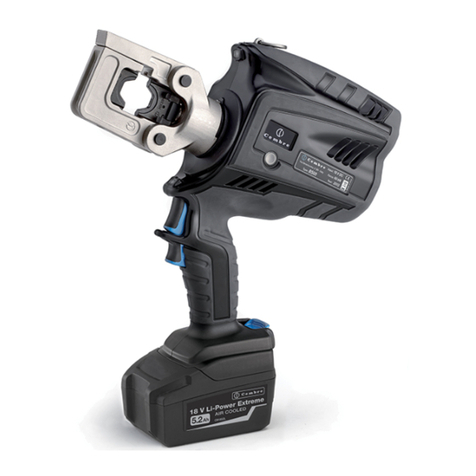
Cembre
Cembre B500A User manual
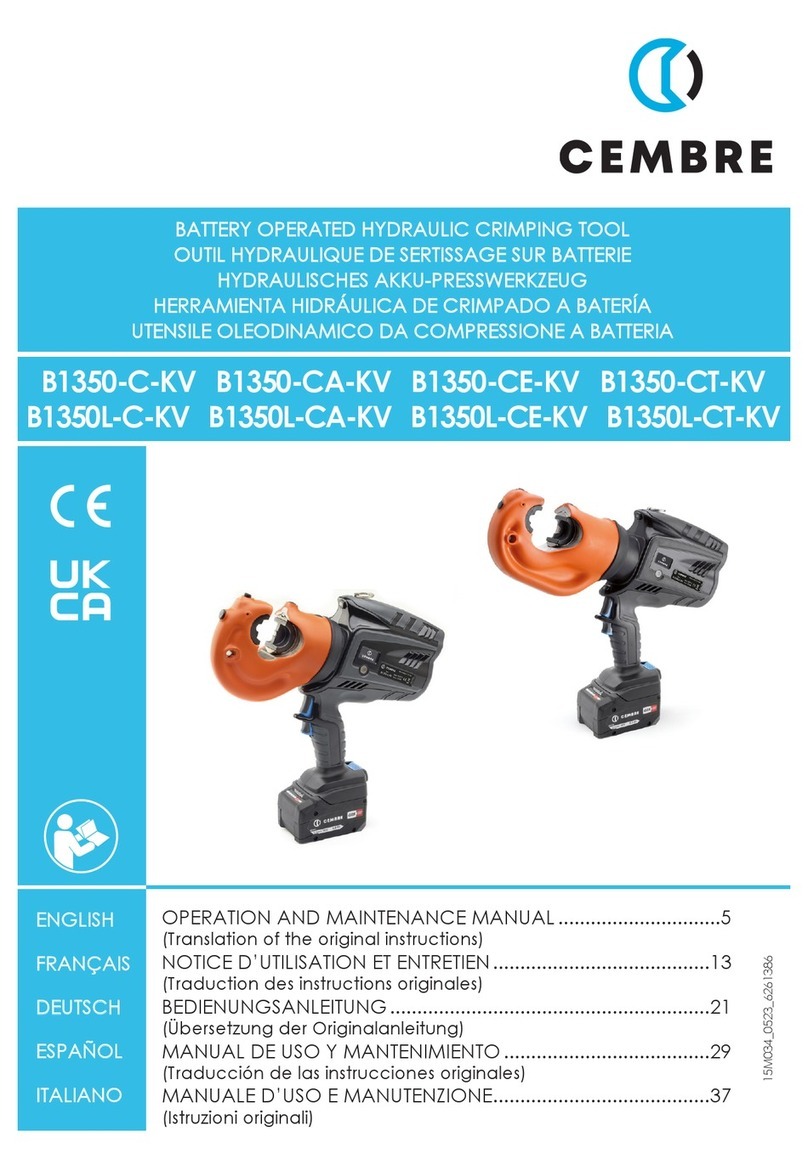
Cembre
Cembre B1350-C-KV User manual
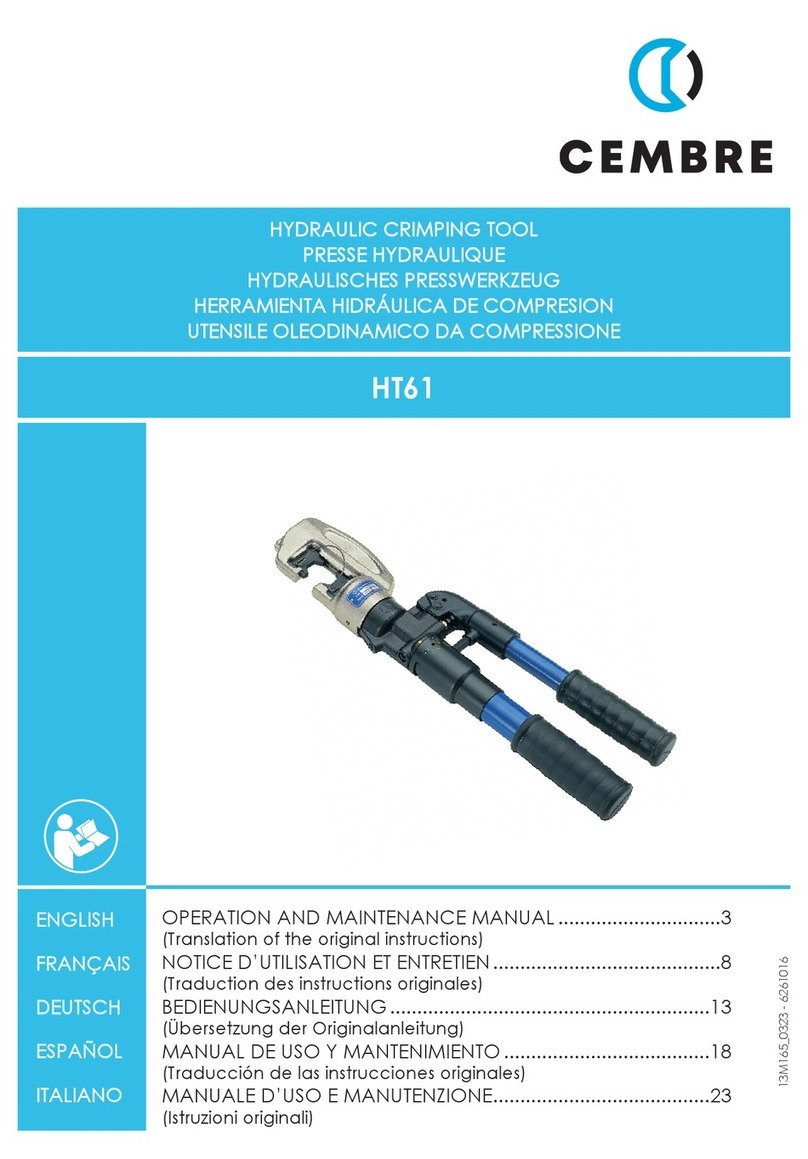
Cembre
Cembre HT61 User manual
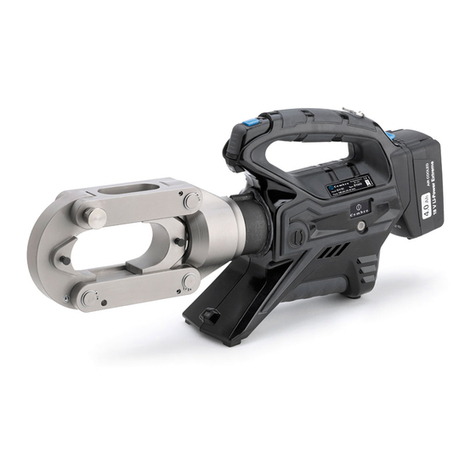
Cembre
Cembre B1500A User manual
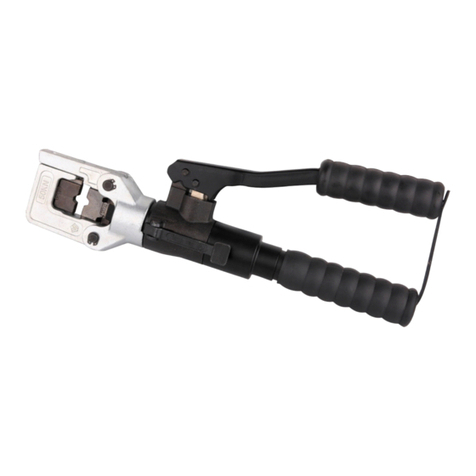
Cembre
Cembre ht51 User manual

Cembre
Cembre HT51D User manual

Cembre
Cembre B600C User manual
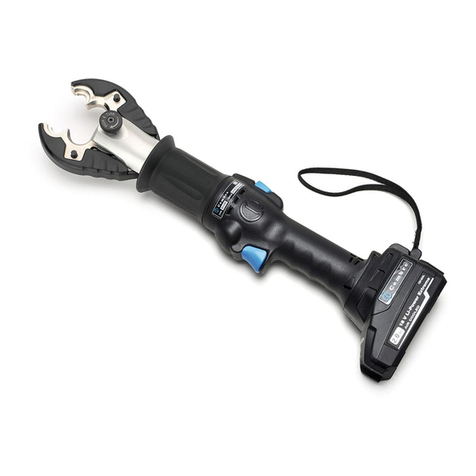
Cembre
Cembre B54N-YD6 User manual

Cembre
Cembre HT131-U User manual
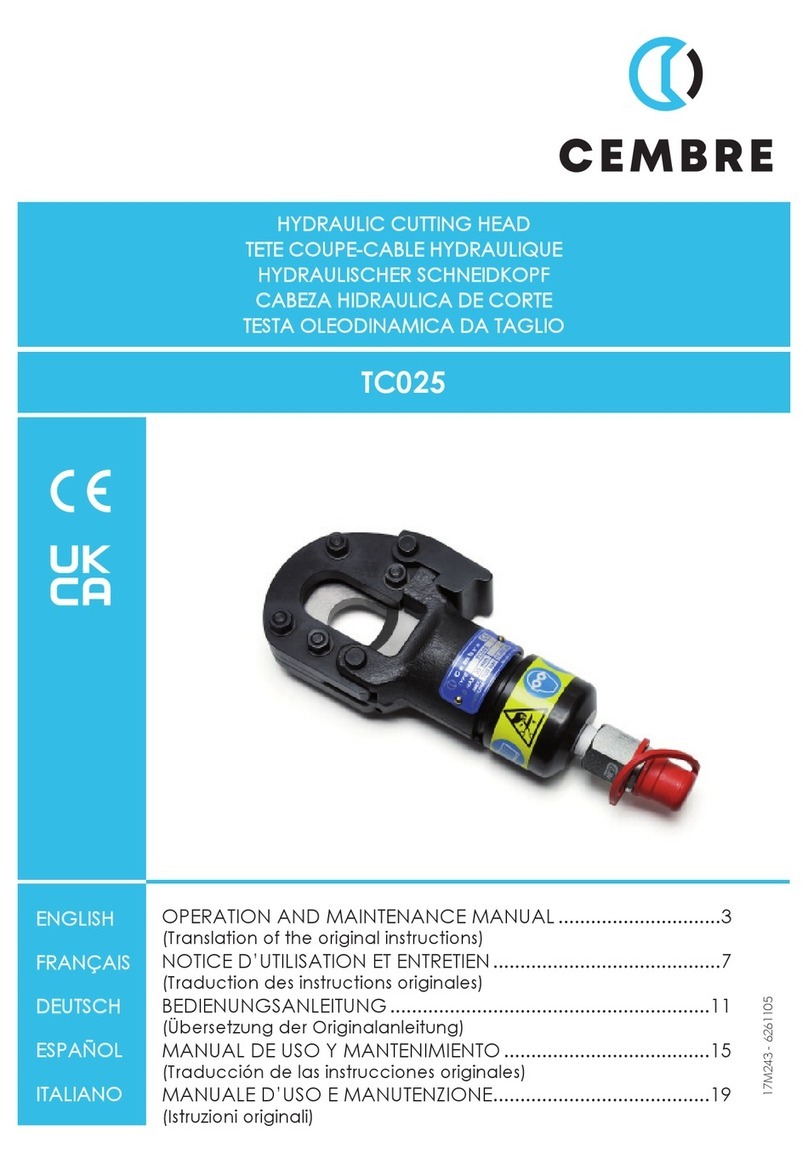
Cembre
Cembre TC025 User manual
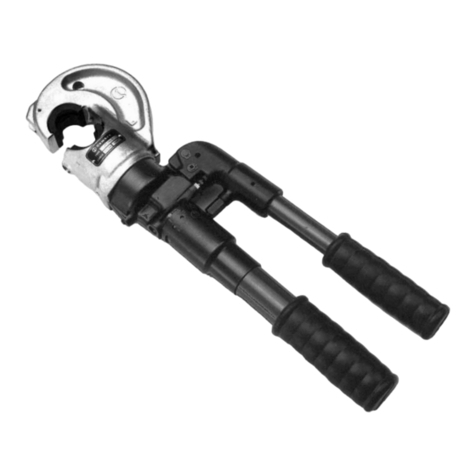
Cembre
Cembre HT131-C User manual
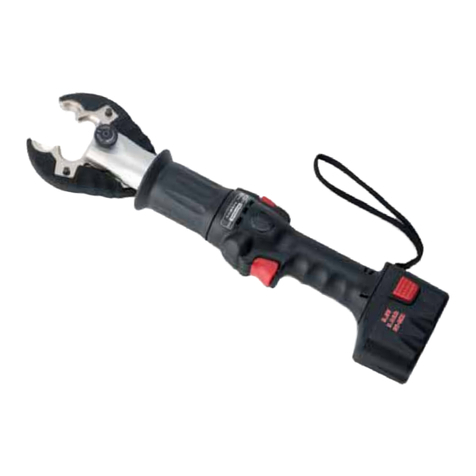
Cembre
Cembre B54-YD6 User manual
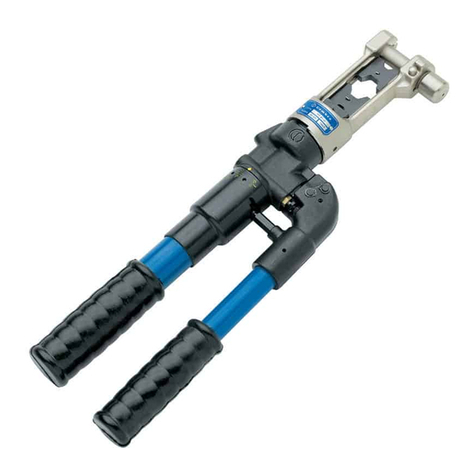
Cembre
Cembre HT81-U User manual
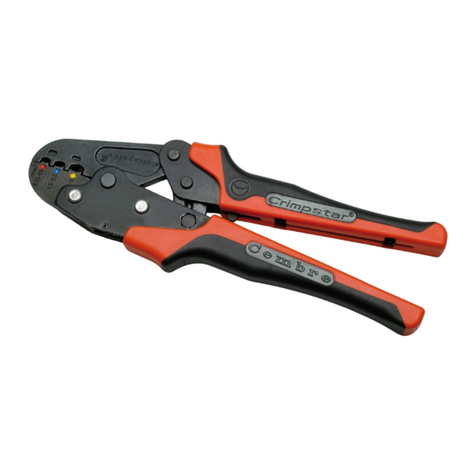
Cembre
Cembre Crimpstar HP3 User manual
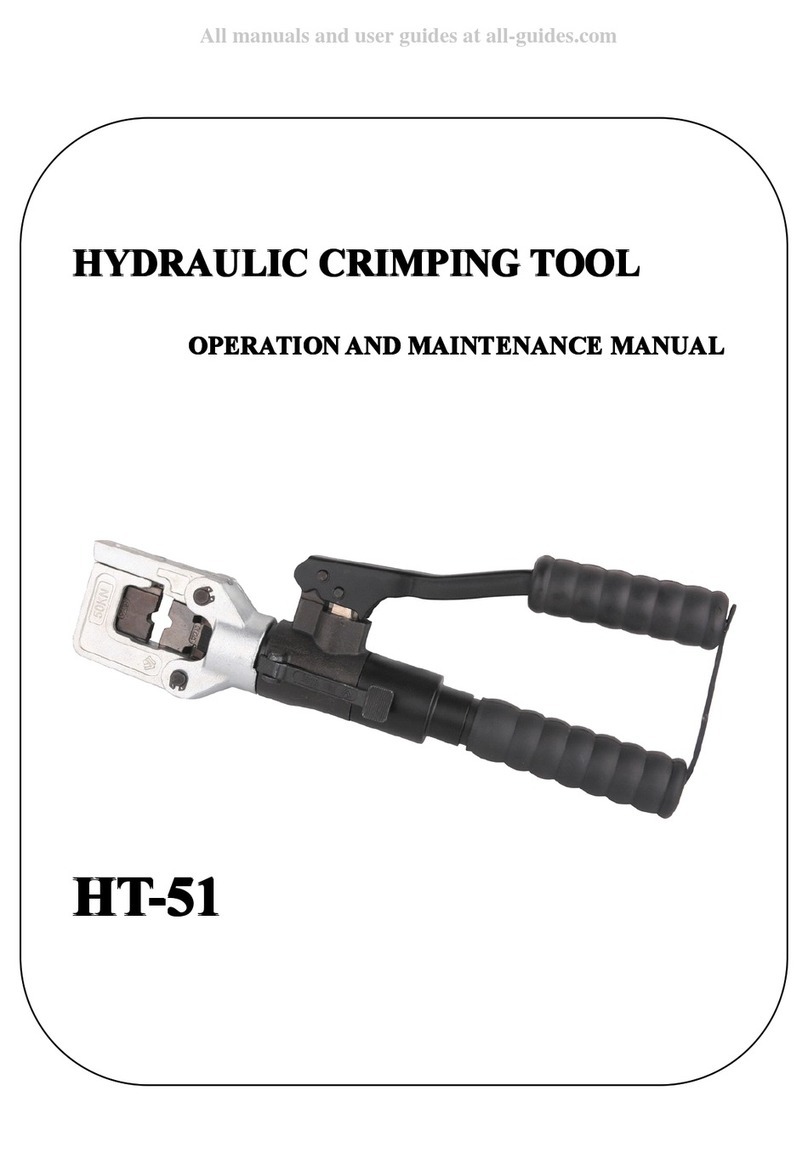
Cembre
Cembre ht51 User manual
Popular Crimping Tools manuals by other brands
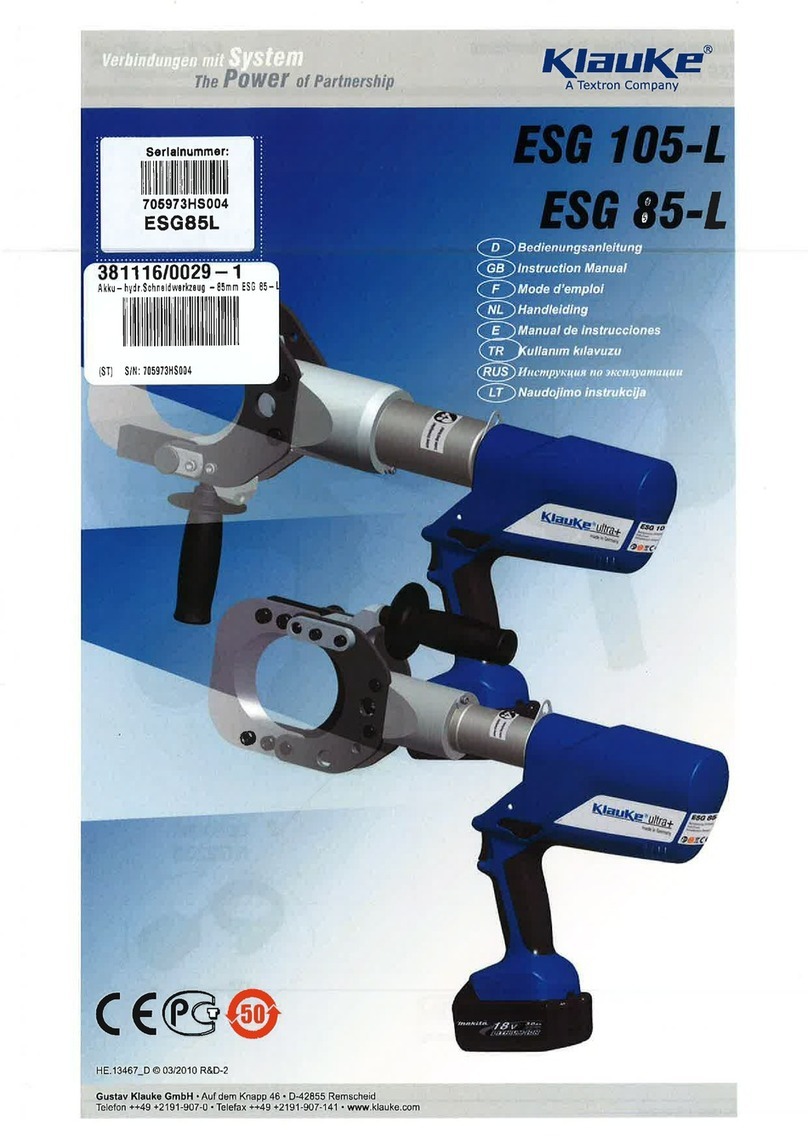
Textron
Textron ESG105L instruction manual
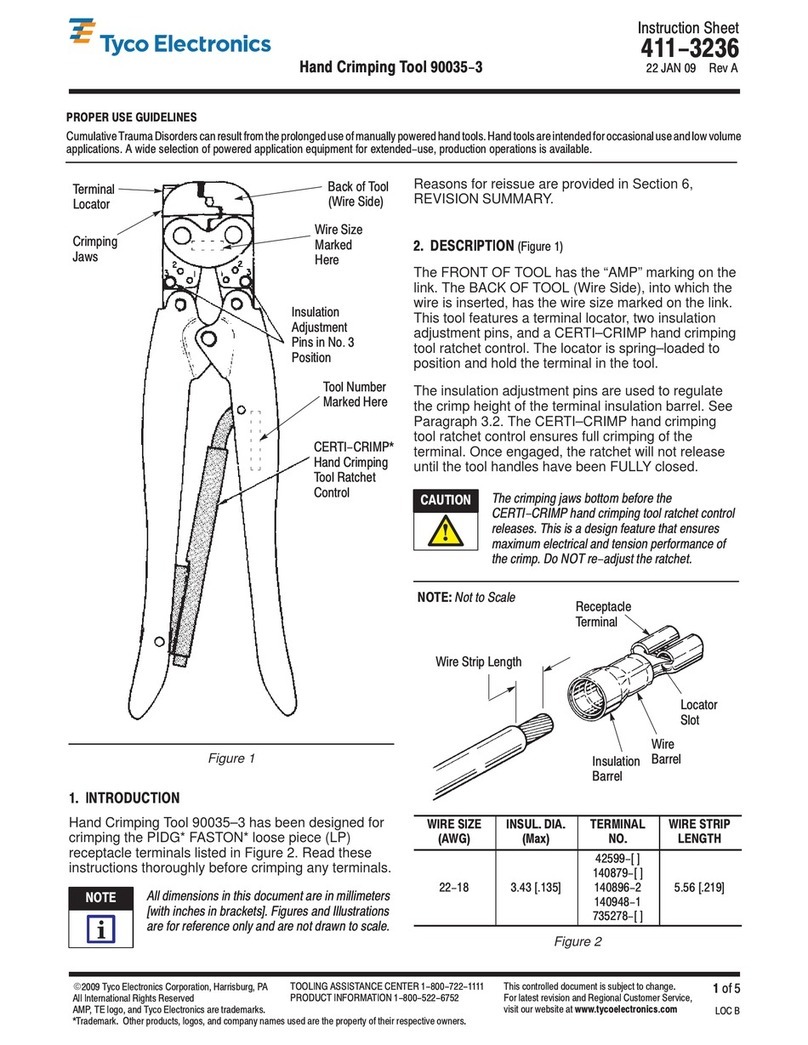
Tyco Electronics
Tyco Electronics 90035-3 instruction sheet

Emerson
Emerson Klauke ES 20RMCCFB manual

Continental Refrigerator
Continental Refrigerator PC150HD quick start guide
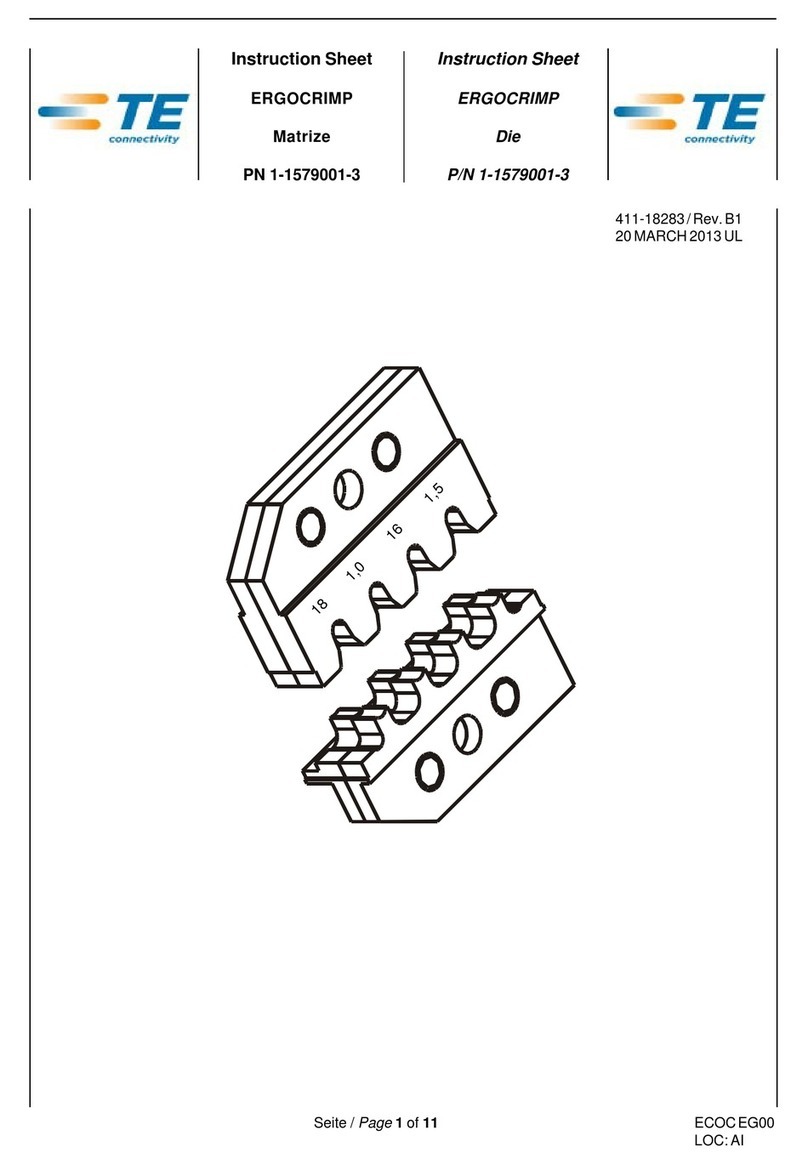
TE Connectivity
TE Connectivity ERGOCRIMP 1-1579001-3 instruction sheet

Tyco Electronics
Tyco Electronics CERTI-CRIMP 90418-1 instruction sheet
